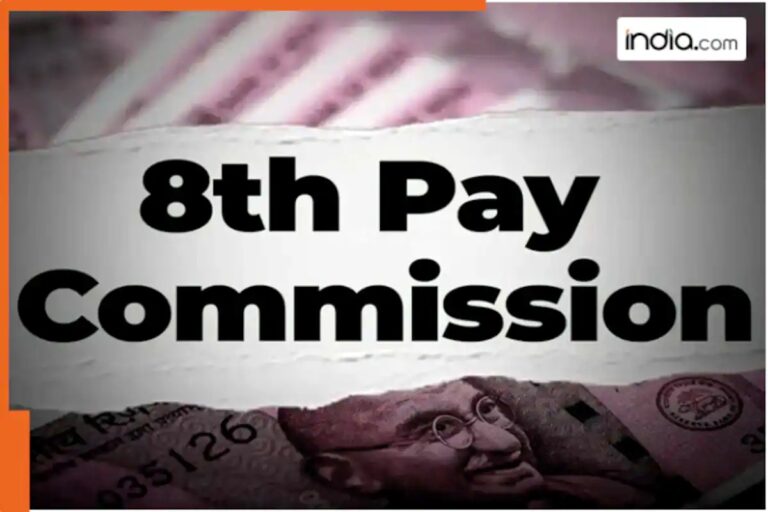
Chandigarh Government Grants Pension Scheme Transition Option
The Chandigarh administration has announced a significant policy shift, enabling eligible central government employees enrolled in the National Pension System (NPS) to opt back into the Old Pension Scheme (OPS) under the Central Civil Services (Pension) Rules, 1972. This decision aligns with a 2023 directive from the Ministry of Personnel, Public Grievances, and Pensions, which permits certain civil servants to revert to the OPS. The eligibility criteria specify that employees appointed to posts advertised before December 22, 2003, but who joined service on or after January 1, 2004, may now choose to transition. The administrative body has emphasized that the process will involve rigorous verification of service records and formal documentation, with the finalization expected by August 15, 2025, to ensure a seamless transition. This move reflects a growing recognition of employee concerns regarding the uncertainty associated with the NPS.
Comparative Analysis of Pension Schemes
The debate between OPS and NPS has intensified in recent years, with employees advocating for the guaranteed pension structure of OPS. Unlike NPS, which relies on market-linked annuity payments, OPS provides a fixed pension of 50% of the last drawn salary, supplemented by dearness relief. This predictability appeals to risk-averse employees, particularly in contrast to the Unified Pension Scheme (UPS), which, despite its higher potential returns, remains contributory. The non-contributory nature of OPS has sparked debates about its long-term viability, given the increasing number of pensioners surpassing active employees. However, states like Rajasthan, Chhattisgarh, and Himachal Pradesh have reinstated OPS, highlighting its enduring appeal despite financial concerns. The Chandigarh initiative underscores a broader trend of reevaluating pension schemes to address employee dissatisfaction.
Implications and Financial Considerations
While OPS offers financial certainty, its non-contributory model has raised questions about sustainability. Experts warn that the growing pensioner population, now exceeding six million, could strain public finances. The government has acknowledged this challenge but continues to support OPS in select states, balancing employee welfare with fiscal responsibility. The Chandigarh transition process aims to address these concerns by ensuring compliance with historical service records. Critics argue that the contributory nature of NPS and UPS introduces volatility, making OPS a preferred choice for many. However, the administrative burden of managing a non-contributory scheme remains a contentious issue. As the deadline approaches, the success of this initiative will likely influence future pension policy debates across India.






